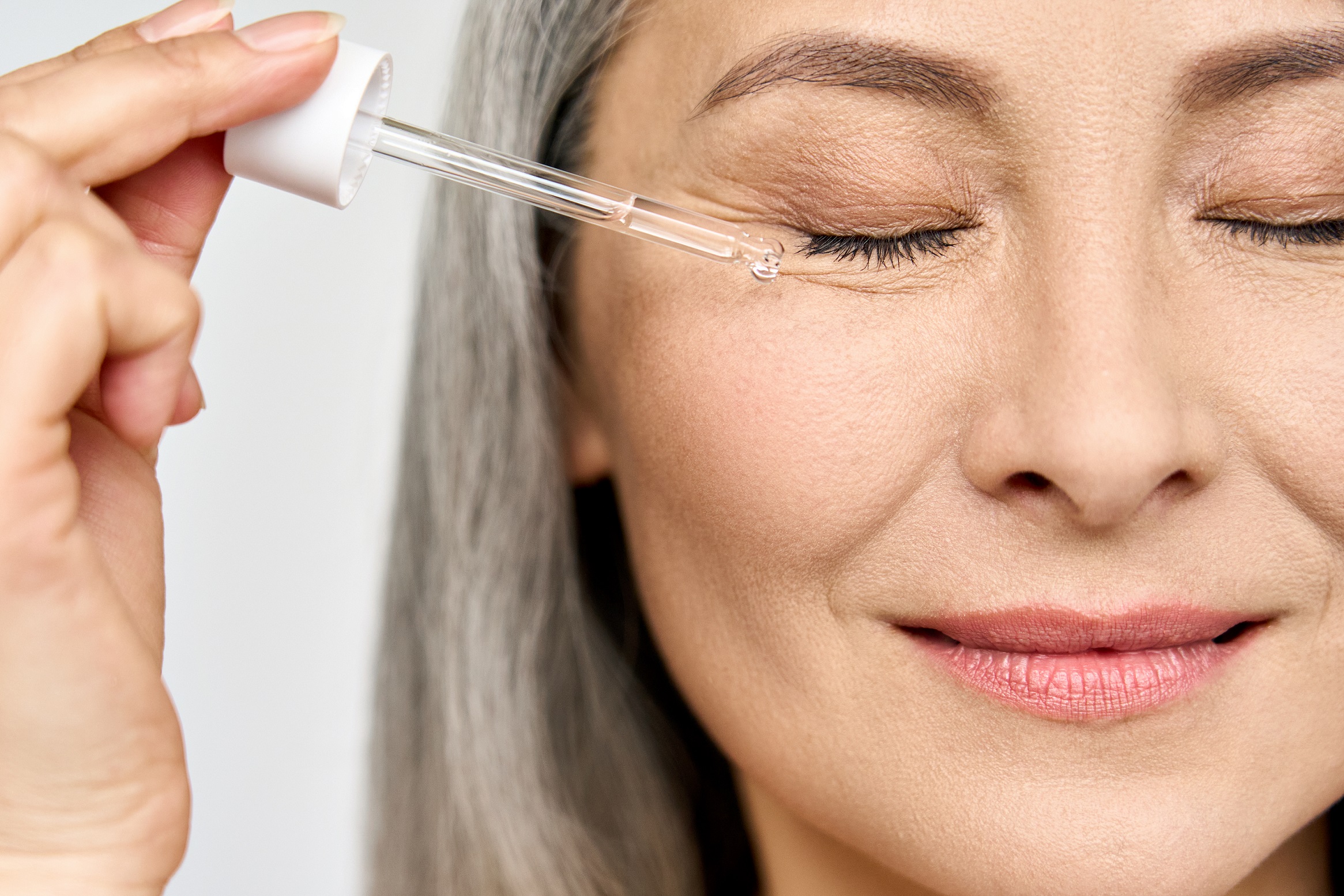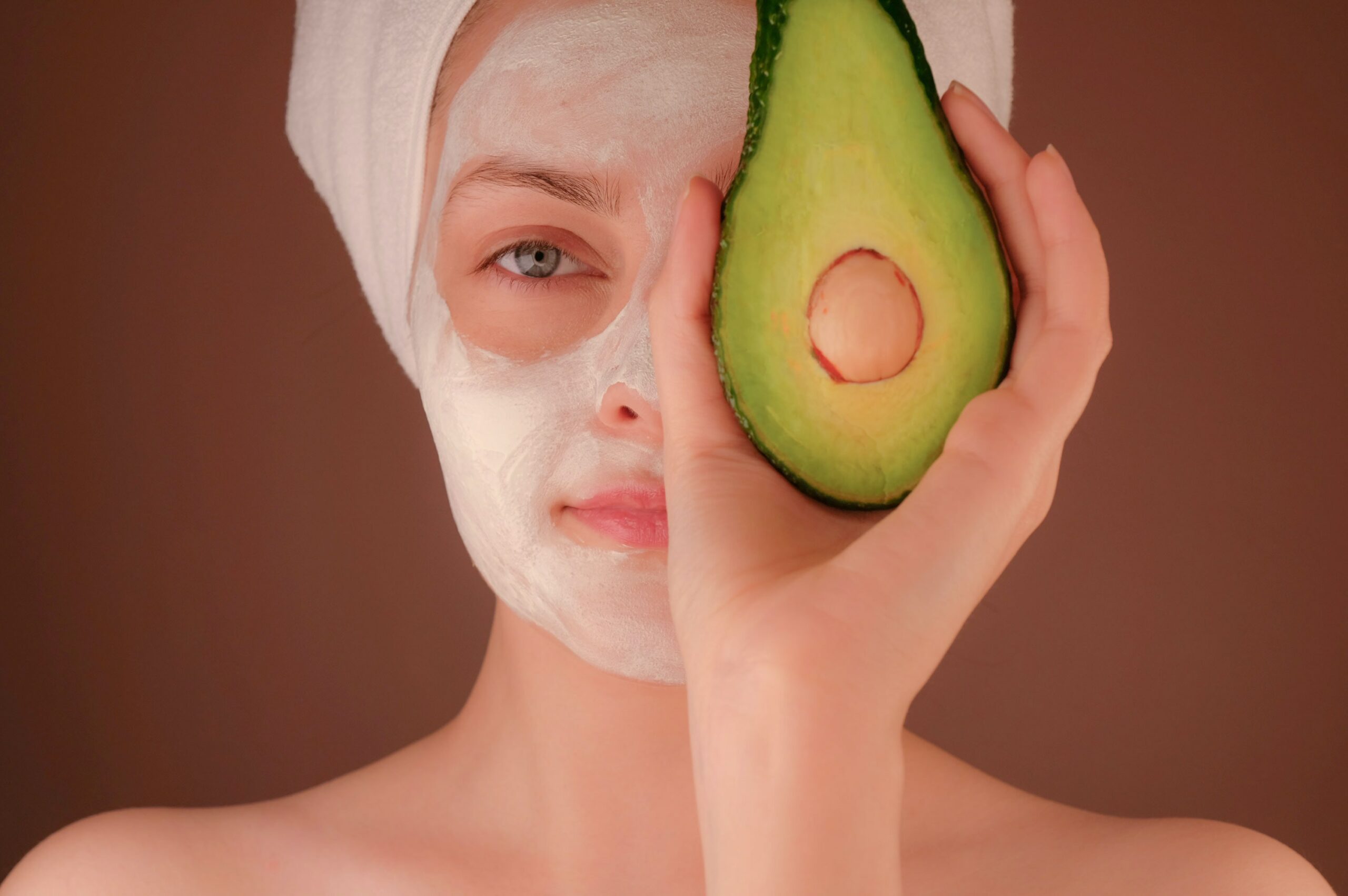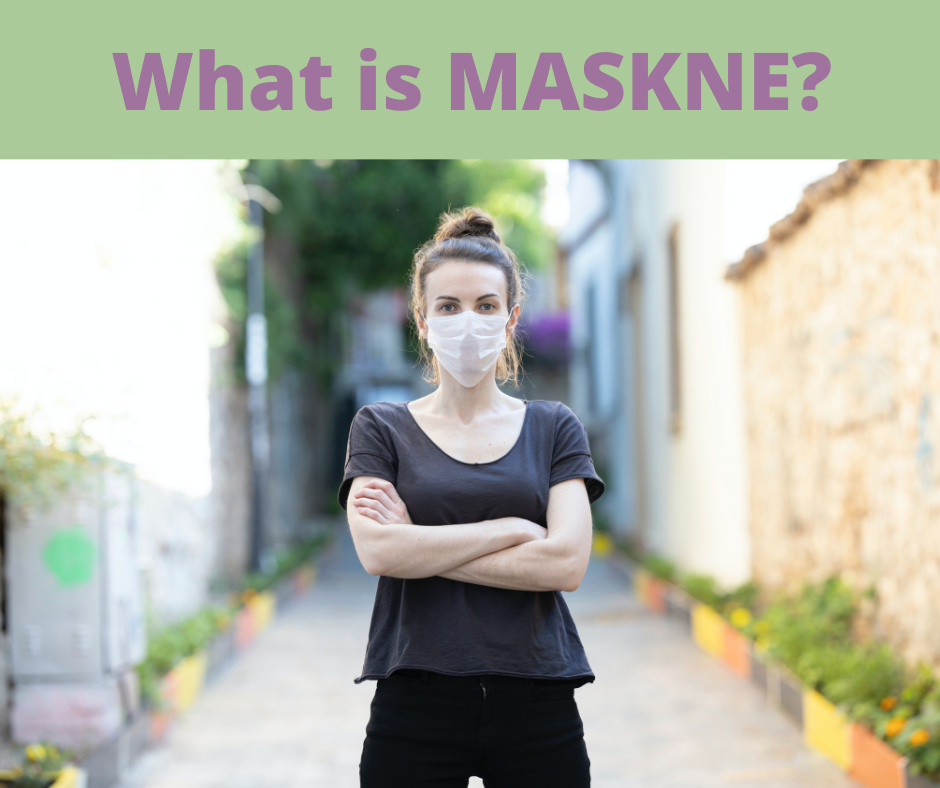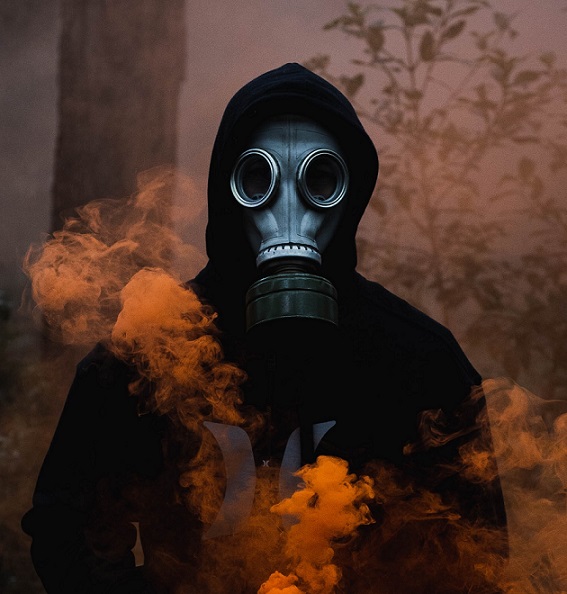
Night time facial care is especially beneficial for mature skin. As we mature, our skin goes through changes, fine lines develop, the skin gets drier, becomes less supple and we produce less natural oil and therefore less nutrients such as lipids and fatty acids. We also lose a lot of water during our sleep, during winter and when exposed to air conditioning for long periods.
Healthy bodies need healthy fats and healthy skin needs essential fatty acids. Fatty acids, taken internally and applied to the skin, assist with hydration. I am just going to talk about topical application today, but eating well and choosing foods that will assist with hydrating your skin will only compliment any nourishing facial oils in helping to keep mature skin supple and looking more youthful.
Oils are packed with nutrients such as:
💧 Antioxidants, to help reduce inflammation and redness, prevent water loss and keep the skin plump. Antioxidants boost collagen production and strengthen skin elasticity, which in turn helps to reduce fine lines.
💧 Phytosterols, which helps skin regulate transepidermal water loss.
💧 Essential fatty acids which are the building blocks of healthy cell membranes. They also help produce the skin’s natural oil barrier, which is essential in keeping the skin hydrated, plumper, and younger looking.
💧 A high oleic content (Omega 9 fatty acid), will mean an oil is quick absorbing and won’t leave your skin feeling oily. It will penetrate into the deeper layers of the skin and help moisturise dry skin.
If you have oily skin, trying to remove oil from your skin can cause your skin to produce more oil to compensate, creating a vicious cycle. Some oils can help balance your skin’s oil production, they dissolve excess sebum and remove grime and fats from pores. Keep an eye out for future posts about different oil types and their properties.
Facial oils don’t have to be expensive or full of lots of fancy ingredients. I was chatting to a lovely lady of 76 the other day and since the age of 18 she had been using only caster oil on her skin to remove makeup and moisturise and she had lovely skin for her age. It comes down to what works for you, and your budget.
Do some research, find out what ingredients might be beneficial to help your concerns E.G. dryness, redness, fine lines etc. Try some samples with different ingredients and see what works best for your skin. Then, once you have found a product you are happy with, as with most skincare, make sure you use it regularly.
Before bed is a great time to apply a facial oil, so that it can create an occlusive (barrier) layer on top of the skin and then the oils can penetrate into the deeper layers while you sleep, helping to repair overnight and provide protection throughout the next day.
You can apply a facial oil and gently dabbing or patting it on with your fingers, but they are great to combine with gua sha at the end of your night-time facial routine. Not sure what or how to Gua Sha?
Here is a great video to show you how it’s done:
Facial Gua Sha and Acupressure Massage | Gothamista
References:
www.youtube.com. (n.d.). Facial Gua Sha and Acupressure Massage | Gothamista. [online] Available at: https://www.youtube.com/watch?v=xrcS5m665OM [Accessed 12 Feb. 2022].
Dallmeier, L. (2016). How to make a Night-Time Facial Oil for Mature Skin. [online] Formula Botanica. Available at: https://formulabotanica.com/make-night-time-facial-oil-mature-skin/ [Accessed 12 Feb. 2022].
Dermstore. (2017). How to Use Face Oils Correctly. [online] Available at: https://www.dermstore.com/blog/how-to-use-face-oils/ [Accessed 12 Feb. 2022].
TODAY.com. (n.d.). Are face oils right for you? Here’s everything you need to know. [online] Available at: https://www.today.com/style/skin-care-benefits-facial-oils-everything-else-you-need-know-t153278 [Accessed 12 Feb. 2022].
Healthline. (2017). 5 Best Oils for Your Skin. [online] Available at: https://www.healthline.com/health/best-oils-for-your-skin. [Accessed 12 Feb. 2022].
Healthline. (2017). Carrier Oil: Types, Use, and More. [online] Available at: https://www.healthline.com/health/carrier-oil#TOC_TITLE_HDR_1 [Accessed 27 Feb. 2022].
Byrdie. (n.d.). Everything You Need to Know About Using Carrier Oils for Skin. [online] Available at: https://www.byrdie.com/carrier-oils-for-skin-5071698 [Accessed 27 Feb. 2022].
Fries, W.C. (n.d.). Natural Skin Care: The Skinny on Fats and Your Skin. [online] WebMD. Available at: https://www.webmd.com/beauty/features/natural-skin-care-skinny-fats [Accessed 27 Feb. 2022].




